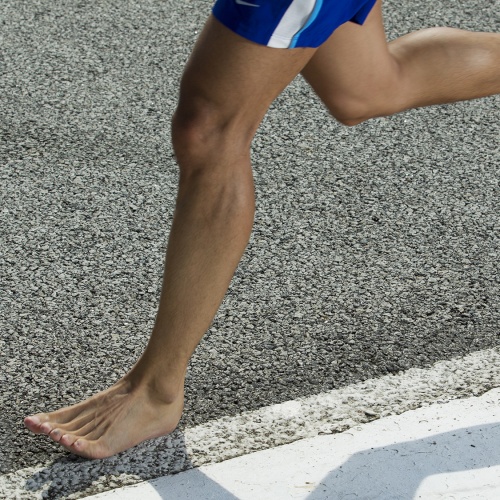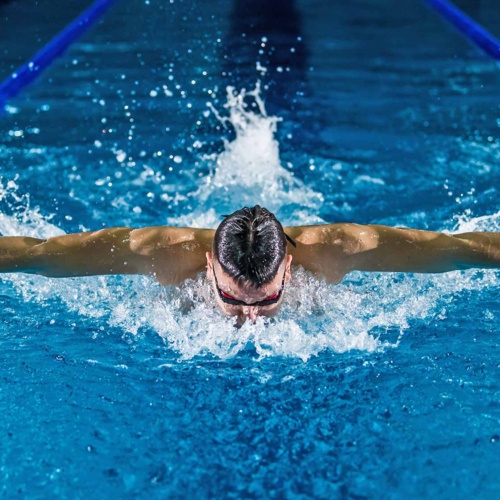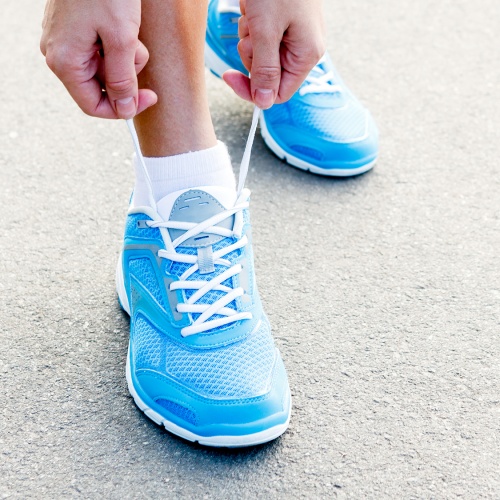The popularity of running continues to increase, which means that the incidence of running-related injuries is also increasing, especially among new runners. Running injuries are extremely common, with some statistics estimating that as many as 90 percent of runners miss training time every year due to injuries like IT Band Syndrome, hamstring issues, shin splints and stress fractures.
But injuries need not be an inevitable symptom of running.
So here are some things you can do to run injury-free – particularly important if you’re training with an event or a distance in mind; whether that’s a 10k or a full marathon.
Start with your exercise history
According to Neil at Ten Health and Fitness, the first step for any runner is to understand their starting point.
“It’s important to first establish where you are at the beginning of your training journey” he says. “Do you have a good running foundation, or are you staring from zero?”
If it’s the latter, build up gradually. Start with some foundational work before you start loading the joints with repetitive actions. “Once you have that base, it’s all about loading incrementally over time with resistance training and increasing mileage,” says Neil.
Get the prerequisites done
One of the biggest reasons why people get injured while running is that they do not have the right “prerequisites” for the activity. This means that they don’t have the joint health to withstand a high impact, repetitive exercise.
“If a client has a job that requires them to sit at a desk for long periods of time, their joint health will be reduced,” says Neil. “It’s that old adage: use it or lose it.”
Most injuries are caused when movable joints receive impact through repetition, and according to Neil, any kind of repetitive action on a joint can be detrimental over time, especially if that joint is not healthy in the first place. The muscles around the joint become more fibrous and tight, and motion is not as smooth as it needs to be. Joint health as a prerequisite for distance running is critical.
“If you’re asking your body to withstand impact that it’s never received before, there will likely be a problem,” says Neil.
If you’re new to running, haven’t run for a while and/or or have a sedentary desk job, adding strengthening exercises to your programme will help you increase your mileage sagely.
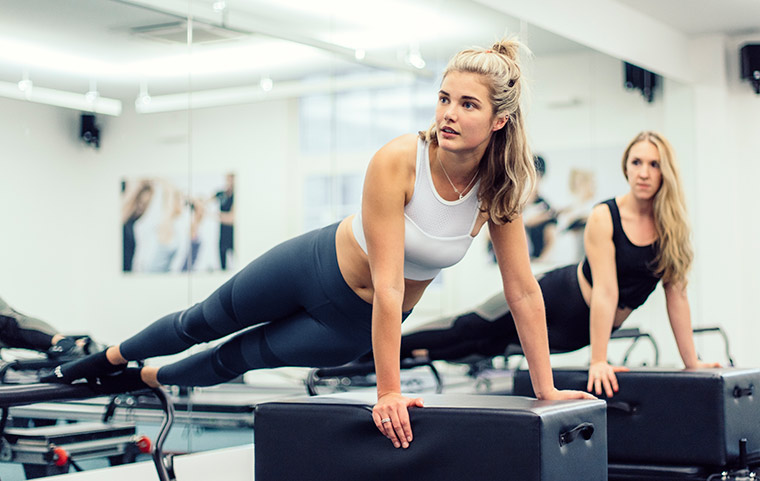
Focus beyond the legs
Running involves much more than just the legs. Core strength should also be incorporated into any training programme, particularly if you’re looking to run longer distances.
Not only can incorporating a core workout programme into a running regime drastically improve running speed and endurance, it can also help minimise the risk of injury.
Recently released research by global group exercise provider Les Mills showed that three-dimensional core exercises such as plank variations and postural chain movements improve running endurance.
In this study, published in The Journal of Sports Medicine and Physical Fitness, participants did a 30-minute core strength and mobility workout 3 times a week for 6 weeks. The results were significant:
- Participants decreased five kilometre run times by an average of 66 seconds without a significant difference in mean heart rate
- Participants increased ability to hold a plank by over 60%
- Ankle range-of-motion asymmetry decreased by 46% while running on a level surface
- Running economy improved (a measure of how efficient you are as a runner).
- Through continued core workouts, running speed increased
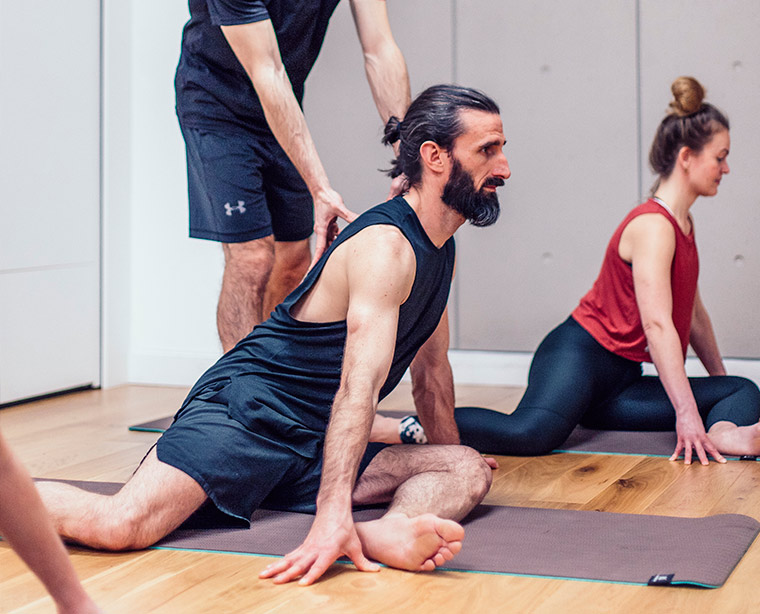
Incorporate complementary exercises into the training plan
Similar to core exercises, there are many other areas of the body that a runner should focus on. Feet, for example, are often overlooked.
“We keep our feet in shoes all day,” says Neil. “These shoes are sometimes pointed or have no support. Over time, your foot will naturally mould to the shoe and this creates low toe mobility. If this is the case, you won’t be able to propel properly from the foot, which then creates a problem for the leg.”
To combat this problem, Neil recommends incorporating exercises, like Functional Range Conditioning (FRC) into a programme. A lunge may be a beneficial exercise for a runner, but not if they you not have the right toe mobility.
“FRC helps build strength and mobility into the joints, before you load the body,” he says.
Similarly, Dynamic Reformer Pilates can also be a beneficial complementary exercise for runners. In Dynamic Reformer Pilates classes, the obliques are featured heavily, as well as exercises that integrate cross-sections of the body. Not only is this a low impact form of exercise – a perfect complement for the high impact demands of running – it can deliver big benefits for runners looking for that extra edge.
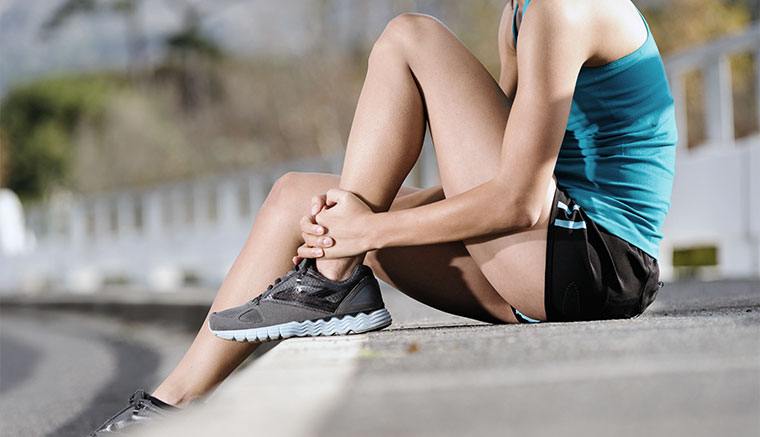
Increase the load gradually and deal with niggles early
The final thing to remember is to increase your running mileage and intensity gradually over time.
“Don’t go from zero to hero,” cautions Neil. “Pay attention to small niggles. These are often indications of a lack of joint health and are compounded by repetitive movements like running.”
Neil goes on to advise consulting a physio about any lingering niggles. The relatively small expenditure is worth the peace of mind. “If there’s are underlying issues causing the niggle, and they are not addressed, they can start to manifest into bigger and bigger problems like knee, ankle, hip and lower back injuries” he says. “These can quickly bring your training programme to a grinding halt; you’ll lose much of the progress you’ve made and all the work you’ve put in so far will be wasted.”
The key is patience; don’t push too hard too quickly. Train sensibly – it will not only help you remain injury-free; it will also help propel you to a new personal best.



